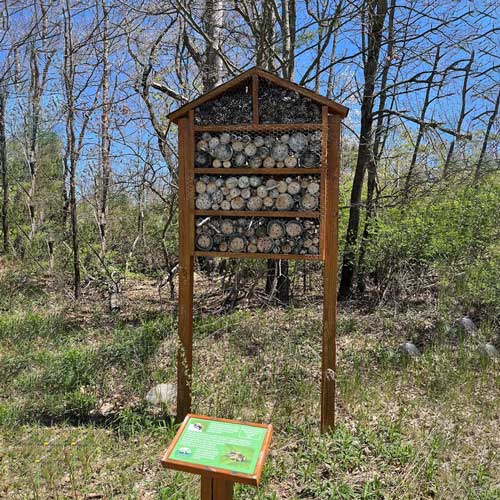- ConservationOur work falls into several broad catergories:Bald EaglePeregrine FalconNorthern HarrierCommon NighthawkSwallows, Martins and SwiftsWhip-poor-willsGrassland BirdsRusty Blackbird ResearchAmerican PipitsCoastal ShorebirdsThe State of the BirdsMotusFarrar Farm Wildlife Crossing ProjectDragonflies and DamselfliesPollinatorsPollinator Habitat RestorationPhenological Monitoring ProjectRaptor Migration
- Education
- Policy
- Lands
- Centers and EventsCentersEvents
- About Us

